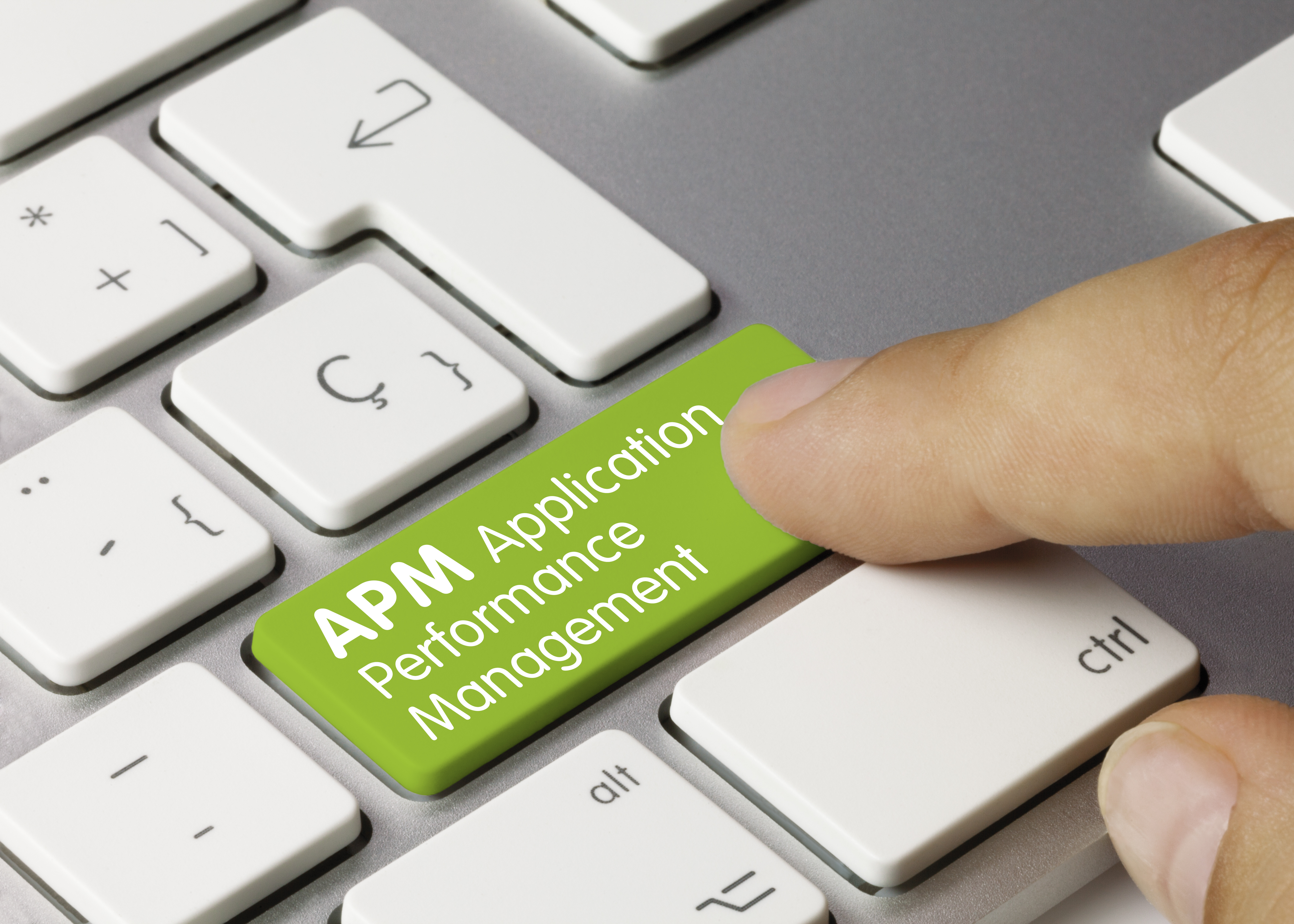When running a website, no matter your aim or plan for it, monitoring its performance is something you have to keep up with. Take note, though, that manual monitoring is tedious and also not highly productive compared to automated application monitors. This is why there are different monitoring applications to help you maintain your site’s overall health. Even more intriguing is that they’re not difficult to use.
Why Should You Monitor Your WordPress Site?
You need to monitor your WordPress site to know how the amount of traffic you’re generating, the speed of the site, the ease of usage, and other related things. Fortunately, Application Performance Monitor (APM) helps you oversee these areas.
Here are some great reasons to monitor your WordPress performance with APM:
1. For Round The Continuous Monitoring
As mentioned, monitoring your site manually is doable but it’s a tedious process. Also, you might not get optimum results with it. How will you know what’s going on with your website in a timely manner? WordPress application performance monitors are the answer as they can keep tabs on your site around the clock, allowing you to be abreast of any needed updates concerning your website.
For instance, if a downtime will occur, a performance monitoring app will notify you of the solution early on. Also, the monitored data could help you make the necessary decisions for the site’s improvement.
What is APM? WordPress performance monitoring apps are highly effective in monitoring traffic rise/drop, site speed, search engine rankings, and more to help boost your site. Not only will you have handy data to track trends, but you’ll also be able to use the monitored data to investigate, restore, or change your site’s mode of operation.
2. For Prompt Action When Website Crises Arises
It’s not enough to be aware of whatever is going on with your site, but you should be able to take swift action to resolve any issue in order to make your operations run smoothly again. That’s the beauty of WordPress performance monitoring applications.
To make things better, these applications will update you about your WordPress site’s performance and provide insights. For instance, if your website is suddenly experiencing slow loading speed, those monitors can detect the issue and pinpoint the cause, and offer solutions to the problems.
3. To Reduce the Stress of Manual WordPress Monitoring
In this digital age, there’s so much to keep up with, especially in website operations. You might have 99 tasks to deal with, but, thanks to monitoring apps, manual performance monitoring won’t be one.
With dedicated mentoring tools to track your site’s diverse performance aspects, you’d always have the assurance that your website is up and, of course, running.
Also, the heavy load of site monitoring that would’ve been on you would be transferred to the apps. This will allow you to focus on other productive things for the site without being stressed out.
4. Helps You Work With A Goal In Mind
WordPress performance monitoring applications are crucial because they provide workable data for an actionable goal.
To know how to improve them, you could look at your traffic data, click-through rates, and more. The detailed data would be comprehensive enough for you to use as insights. It also helps you know how to tailor your website and web content to suit your new and existing audience. Lastly, by using data that are received from your monitoring apps, you can make projections and strategies concerning the growth of your site and business.
With this, you’ll know which aspects of your overall performance are topnotch and areas you need to work on. This will result in boosted revenue, greater traffic, happier visitors/customers, and overall improved performance.
Aspects Of Your WordPress Performance You Should Monitor
- Visitor Statistics (Traffic)
You should find out the traffic generation value of your site. What’s the average range figure of people that visit your site per month? Which region are most of your visitors from? How did they get to your site? Was it through paid or organic search? Which site pages did they visit?
These, and more, are the statistics you need to know about your traffic generation mode to know how to improve it.
- Site Speed
If you’re keen on your search engine ranking as well as high click-throughs and read-throughs, you’ll want to monitor your site speed. How fast does your site load? Do the pages load quickly or do visitors have to wait an eternity to finally access your site?
Monitoring your WordPress site’s performance will enable you to figure out the answer to those questions, and more. You’ll also be able to make significant decisions based on your performance data, improving your site’s loading speed.
- Uptime/Downtime
It’s crucial to know if your WordPress site is always available for visitors and customers/clients to access. You could lose high revenue and traffic due to downtimes, which you might not even be aware of. Imagine some of your regular readers visit your site to access certain information only to see that your website is unavailable. You could lose them due to that.
If you deal with online sales, the brunt of downtimes could be even more impacting. Just a few minutes to hours of downtime can make you lose sales. Thankfully, through the use of WordPress performance monitoring applications and tools, you can reduce the frequency of downtimes and even get notified immediately when one occurs.
- Device Adaptability And Website Outlook
Device adaptability and website outlook also matter to a site’s overall performance. This is why it’s important to monitor it.
Website users don’t have the time or energy to waste on a site that isn’t compatible with their phone; they don’t have the patience to ‘manage’ a website’s outlook if it doesn’t look accessible on their device. Instead, they’ll move on to other sites that can serve them well.
Knowing that these people are important to you, you should do everything to make them stay and even keep coming back. This is where site performance monitoring comes in.
By monitoring your site, you can keep up with unexpected changes or issues and get them resolved swiftly. This will enable your audience to get the best out of your website at all times.
Conclusion
Site monitoring applications come in different types and variations, so you can choose what suits your needs. Performance monitoring apps help you stay ahead in the digital world, reduce the work and stress of manual monitoring, and develop swift solutions whenever crises arise.
The best part of performance monitoring apps is that many businesses are now using it to smoothly run their site operations. If you’re yet to try performance monitoring, now may be the time to do so. You don’t want to miss out on the benefits of WordPress application performance monitors and the opportunity to boost productivity and overall site performance.


